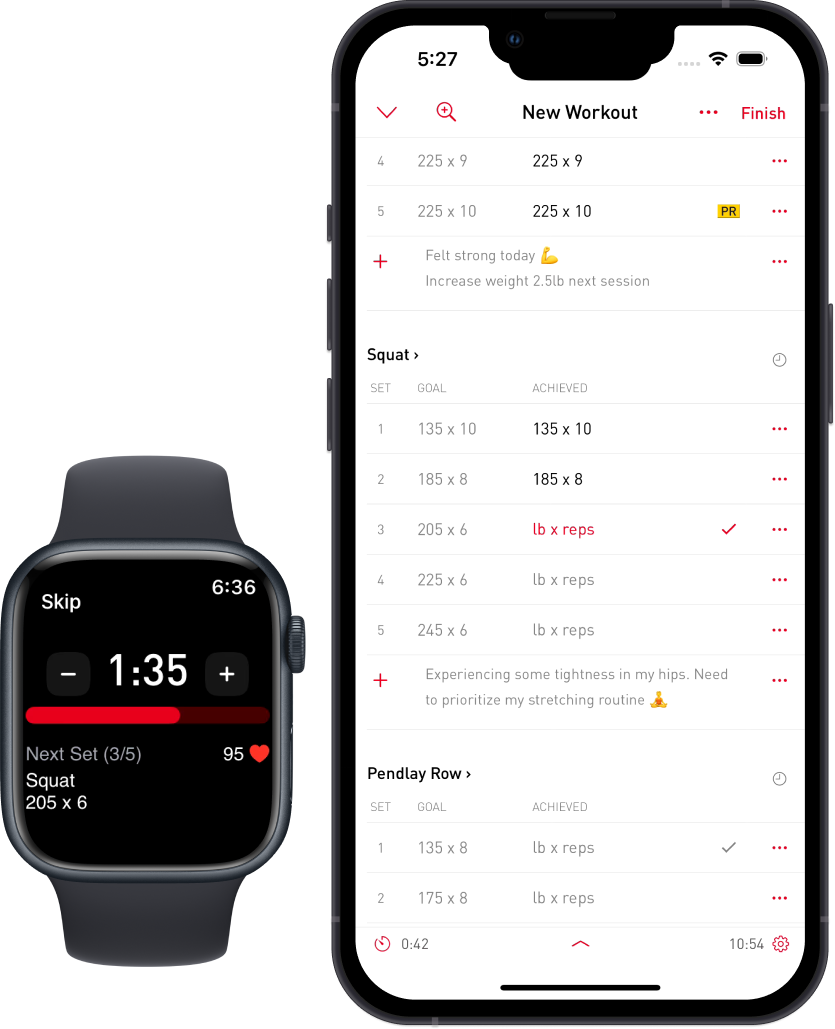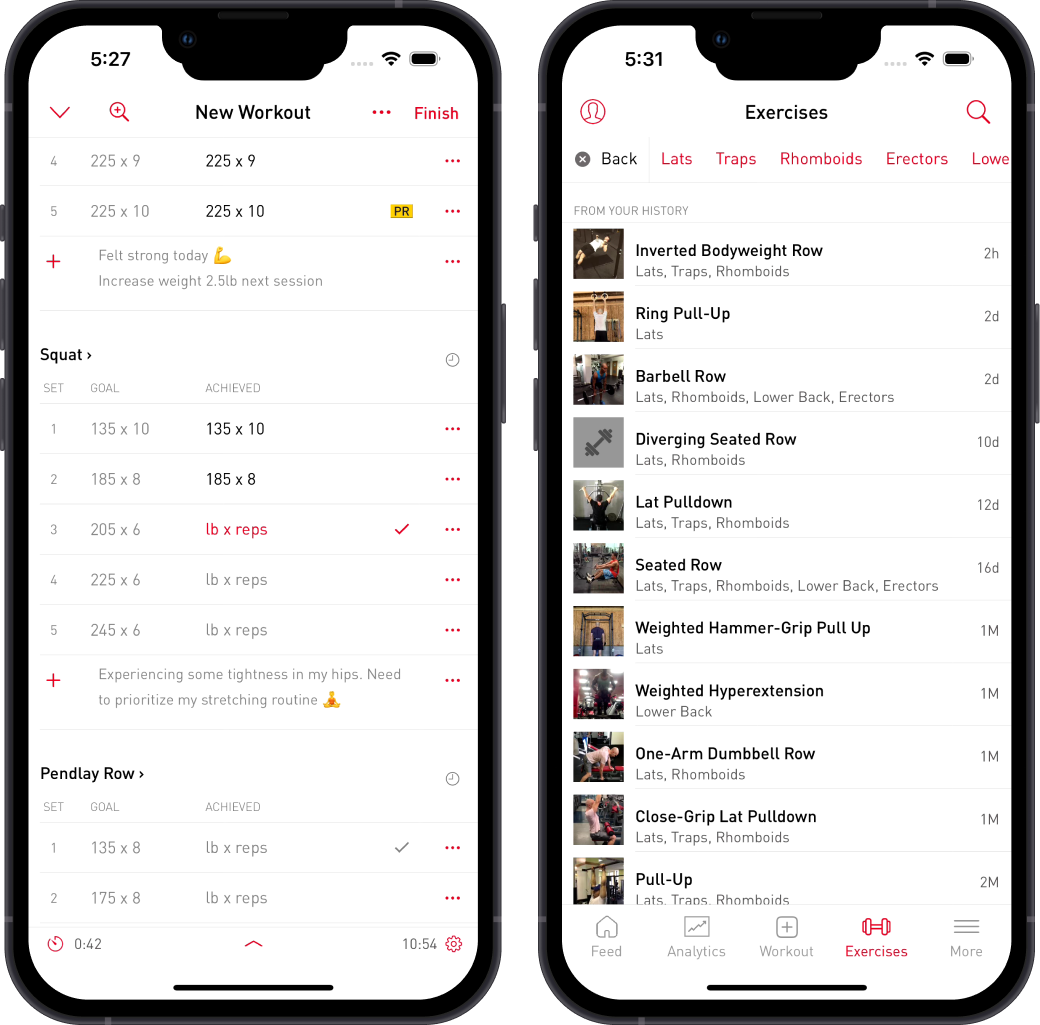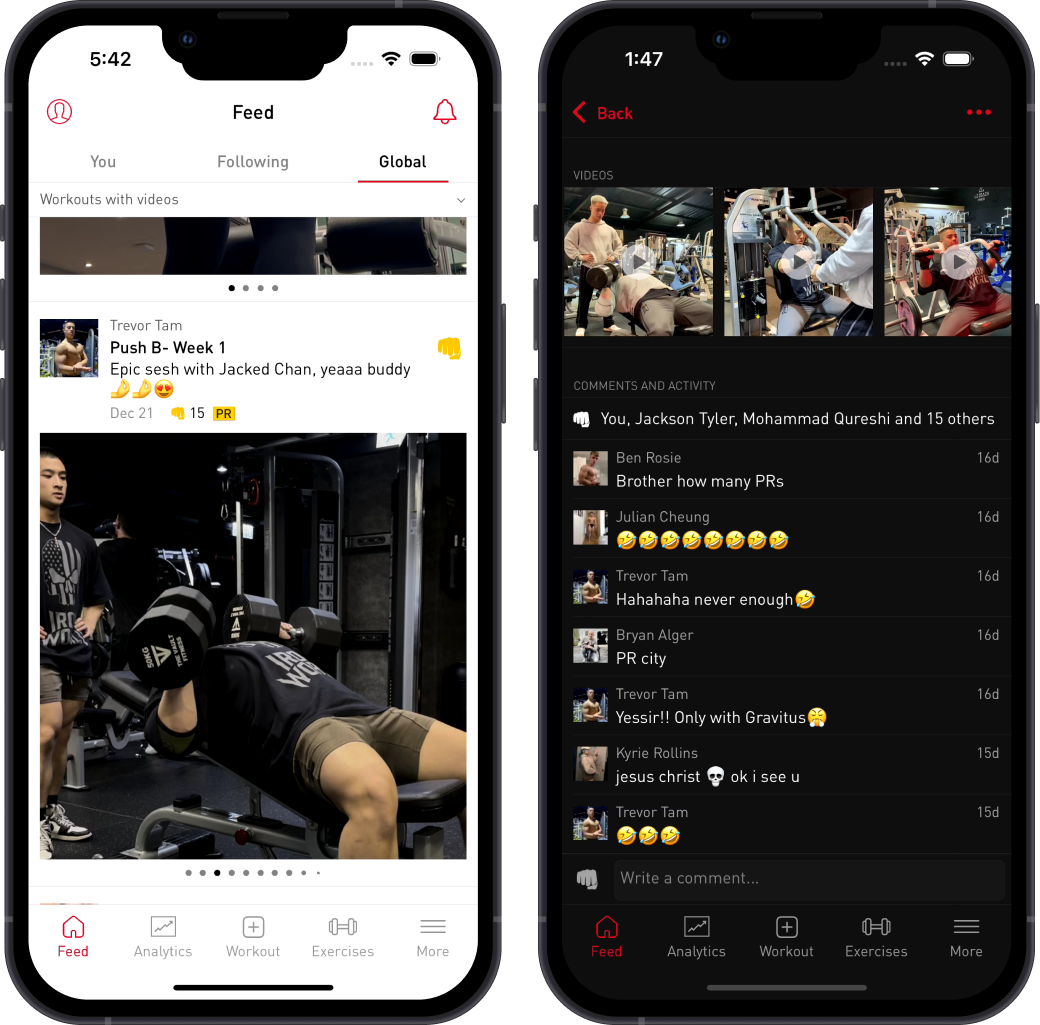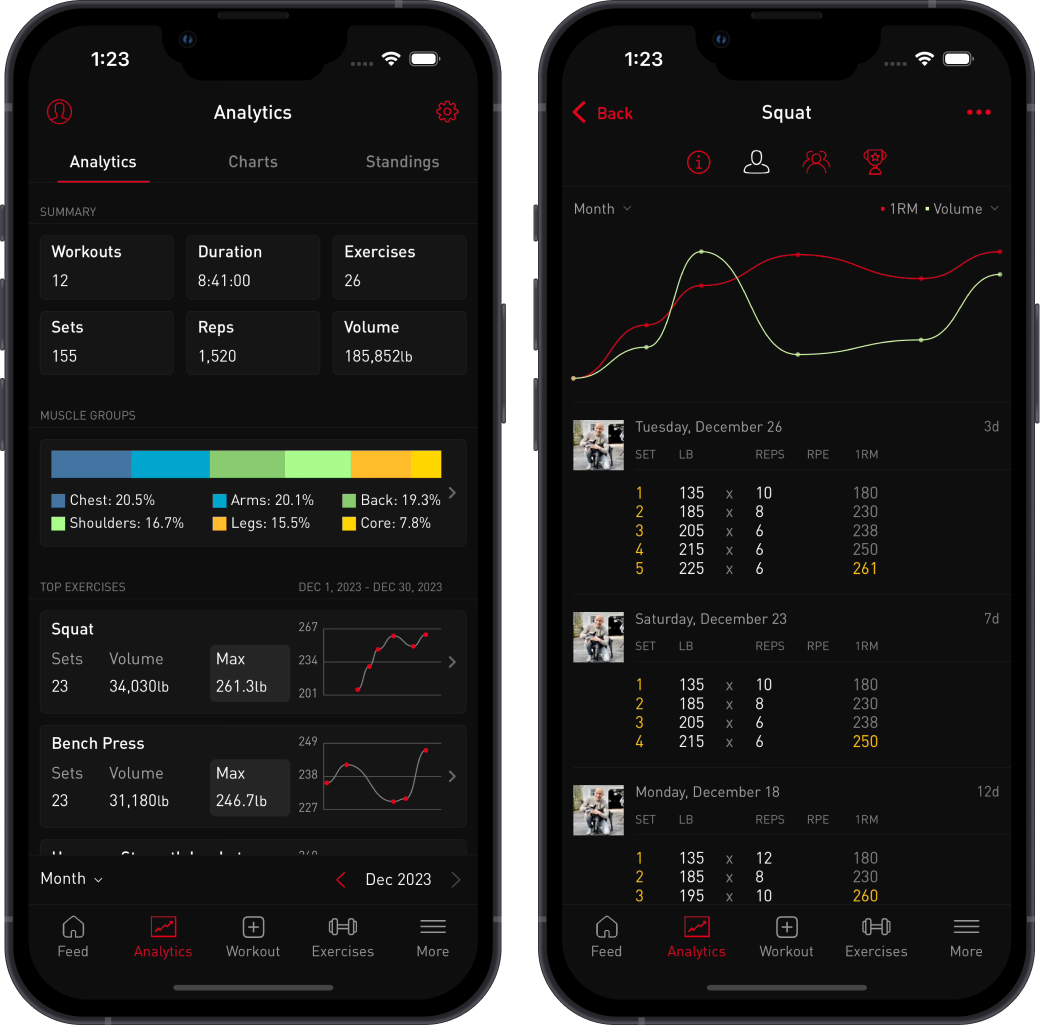Spring is around the corner and a couple of us here at Gravitus are shedding fat. There is an overwhelming amount of information out there on the topic so we put together this handy guide to get you started.

Cutting doesn't have to suck
If you want to lose weight, you need to consistently consume less calories than you burn so the first step of the process is to determine your TDEE (Total Daily Energy Expenditure). Use our simple calculator to do the math for you. After you input your information, you should have an estimated TDEE that we can use for the rest of the process. For me, I consume about 2300 calories per day to maintain my current bodyweight of 160 pounds.
Now subtract 500 from your TDEE, this is our target daily intake during our cut. We chose 500 calories to average a 1lb weightloss week over week. That is a good target if you are not significantly overweight and you are concerned about maintaining muscle during your cut. So in our example, our daily calorie intake = 2300 - 500 or 1800 calories per day.
The next step is to carve out enough calories to hit your protein goals. We're going to eat 1 gram of protein per lb of bodyweight during our cut to preserve muscle mass. Now take your bodyweight in pounds and multiply by 4 which is the number of calories per gram of protein. In this example that is 160 * 4 or 640 calories. If you subtract that result from your calorie goal, you get your remaining calories for the day: 1800 - 640 = 1160 calories remaining for fat and carbs.
With protein out of the way, we need to allocate our remaining calories to fats and carbs. Some people recommend low carbs, others recommend low fat, whichever you decide, you should not drop your fat intake below 20% of your total calories for an extended period of time as it could affect your body's hormone production. For my cut, and what I recommend as a baseline for you is to target 30% of your calories from fat and the remainder from carbs. So in the example above, 30% of 1800 calories = .30 * 1800 or 540 calories. Convert calories to grams of fat by dividing by 9 since there are 9 calories per gram of fat. In the previous example, 540 calories / 9 calories per gram of fat yields 60 grams of fat per day.
After you've decided how much protein and fat to consume in your diet, the remaining calories can come from carbs. In the example above, I set aside 640 calories for protein and 540 for fat, so that leaves me with 1800 - 640 - 540 = 620 calories remaining. Now divide this number by 4 which is the number of calories per gram of carbohydrate and you'll get: 620 remaining calories / 4 calories per gram carb = 155 grams of carbohydrates
Great, if you followed along in the example above, our 160lb subject with a TDEE of 2300 calories is starting an 1800 calorie / day diet consisting of 160g of protein, 60g of fat and 155g of carbohydrates. We refer to that ratio as your "macros" or your macronutrient breakdown.
From here, it's up to you to come up with a meal plan to hit your target intake. I prefer to keep my breakfast the same everyday and I make up meals for lunch and dinner based on how I'm feeling and how many calories I have remaining each day. Many people even prepare their meals ahead of time and store them in tupperware to heat up at work or on the go. I personally allow wiggle room in my diet in terms of the ratio of carbs or fat I eat that day, but I always aim to hit my protein goal and keep my total intake with 50 calories of my goal.
Happy cutting, here are some additional tips to get you started:
- Just like you have to track your workouts to get the best results from the gym, you need to record everything you eat in a tool like MyFitnessPal if you want to see the best results.
- Use a simple food scale and measuring cups to accurately record your food intake for prepared meals.
- Avoid eating out since it is hard to find meals that fit your macros or to accurately record those foods, but allow yourself a cheat meal once a week if it helps you stick to your goals.
- Monitor your bodyweight. If you are losing weight too quickly or too slowly, you'll want to add or subtract a couple hundred calories per day to your diet to hit your target of 1 pound of weight loss per week.
- Continue to lift heavy and post your workouts on Gravitus! Starting a cut is not the time to drastically change your workouts. Do not increase your rep ranges just because you're on a cut, contrary to what you read in the magazines, that is not going to help you "tone" up.
- Feel free to add in cardio as you like and make sure you factored that activity into your diet when you computed your TDEE. HIIT is still popular with a lot of the weightlifting community, but I prefer to jog a few miles a few times per week. If you're doing extended cardio, keep your intensity light or moderate to preserve muscle mass and target fat loss.
- If you begin to lose motivation, your diet stalls, your workouts suffer or you become low on energy, you might be due for a refeed day to boost your leptin levels and glycogen stores and to continue your fat loss.
Ready to Elevate Your Workouts?
Gravitus is the ultimate tool for lifters.Download Gravitus and connect with fitness enthusiasts worldwide.
Bryan is the Co-Founder of Gravitus and also a Marine Corps veteran and seasoned engineer. The only thing Bryan likes more than hacking code is pumping iron.








